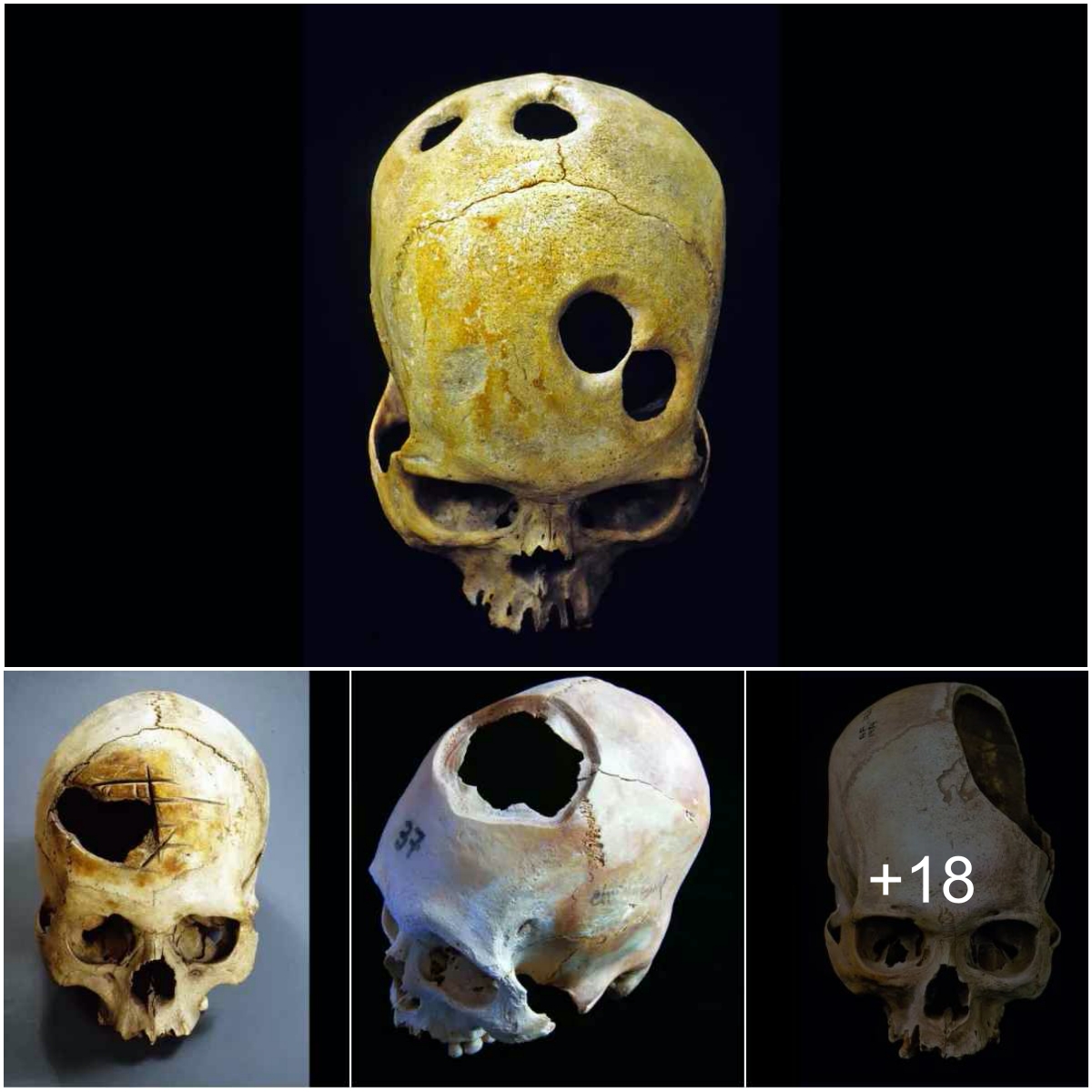:focal(500x376:501x377)/https://tf-cmsv2-smithsonianmag-media.s3.amazonaws.com/filer_public/0b/9c/0b9cbc6c-72f7-48ff-b4fc-9b6e6061832e/gettyimages-921707628.jpeg)
In a dry lake bed, archaeologists on Rapa Nui—also known as Easter Island—have unearthed a previously unknown statue.
The new find is one of the moai, the famous stone figures located around the island. Researchers hope to find other ancient artifacts, including additional moai and tools, at the site, called Rano Raraku. They also plan to perform radiocarbon dating to determine the moai’s age.
“We think we know all the moai, but then a new one turns up,” says Terry Hunt, an archaeologist at the University of Arizona, to Angeline Jane Bernabe, Erin Brady, Faryn Shiro and Robyn Weil of “Good Morning America.” He adds, “When there’s one moai in the lake, there’s probably more.”
The new moai is smaller than the nearly 1,000 other statues on the island, which can measure up to 33 feet tall and can weigh up to 80 tons. They represent the islanders’ “deified ancestors,” says Hunt.
The Rapa Nui people created the moai out of solidified volcanic ash between roughly 1300 and 1600 C.E. Many of the statues are situated on stone platforms known as ahu; they face inward, away from the surrounding sea. The most visible parts of the monoliths are their heads, as their torsos are buried underground. Some have red stones atop their heads called pukao, which are believed to represent a hat or topknot of hair.
“For the Rapa Nui people, it’s [a] very, very important discovery,” Salvador Atan Hito, vice president of the Ma’u Henua Indigenous organization that oversees the site, tells “Good Morning America” through a translator. “Because it’s here in the lake and nobody knows this exists—even the ancestors, our grandparents don’t know [about] that one.”
Easter Island is a remote Chilean territory located in the Pacific Ocean roughly 2,200 miles from mainland Chile. Much of the island, which is home to some 8,000 residents, is protected as a national park and a UNESCO World Heritage site.
Researchers think the island’s first inhabitants came from East Polynesia and arrived between 400 and 700 C.E. Dutch explorer Jacob Roggeveen became the first European to find the island when he spotted it on Easter Sunday in 1722.
The moai intrigued European explorers right from the start, with Captain James Cook writing in 1774 that he “could hardly conceive how these islanders, wholly unacquainted with any mechanical power, could raise such stupendous figures.”
Though the moai are largely protected, they still face myriad threats, including coastal erosion and rising sea levels brought on by human-caused climate change. Last October, a fire burned roughly 250 acres of the island and caused permanent damage to the moai. The statues are also subject to the normal wear and tear that comes with being exposed to the elements for centuries, as well as deterioration caused by lichen.





